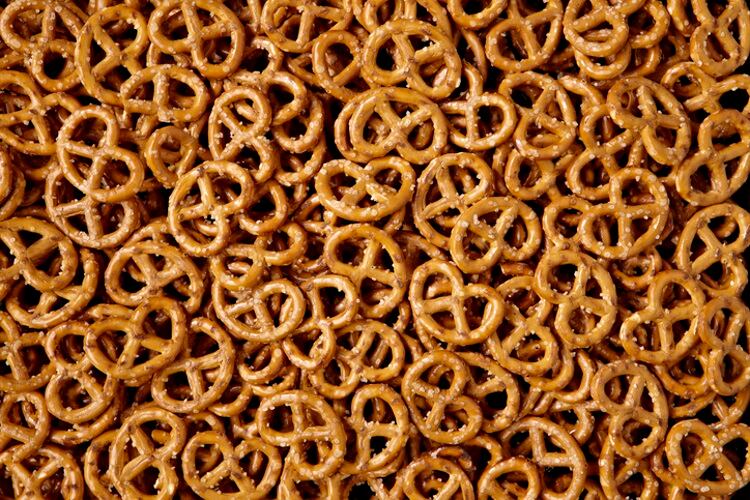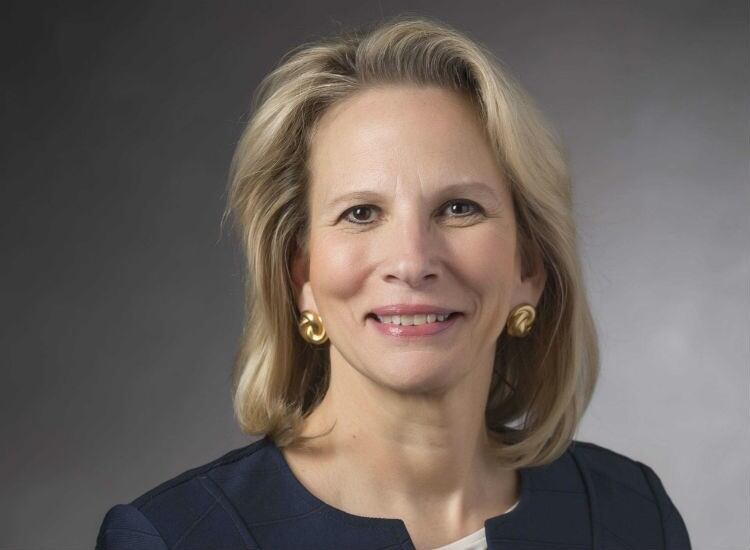“We have gotten off to a tremendous start to the year with reported sales growth of 16% and adjusted EPS growth of almost 32% in Q1” thanks in part to resilient consumer demand despite mid- to high-single-digit price increase across the portfolio and a “strategic focus on enhancing our offerings and price points to ensure our category remains accessible to all consumers, even in periods of inflation,” CEO Michele Buck told investment analysts during the company’s first quarter earnings call yesterday.
She also attributed Hershey’s strong start to the year to excitement to celebrate Easter with sweets, extended SNAP benefits and sustained at-home consumption as consumers look to offset high inflation with “economical food options.”
This sustained demand builds on gains over the past two years that have driven up Hershey’s chocolate retail pounds sold by a 7%, while competitors’ volumes, collectively, have fallen almost 1%, Buck added.
While good on paper, these gains have strained Hershey’s ability to fully service demand – prompting it to pull back on some advertising and promotions while competitors have moved forward with marketing and maintained delivery – allowing them to regain some share to start the year, Buck acknowledged.
“Increasing production, inventory and service levels remain a critical priority for us,” she said. “While we still have opportunity to further improve, we made progress in the first quarter. Our capacity and labor investments, as well as our proactive approach to moderating media and promotions, enabled us to increase production mid-single-digits in the first quarter and replenished distributor and retail inventory ahead of expectations.”
She added that some product is still making its way to retail, but Hershey expects on-shelf availability to improve in the coming weeks and throughout the remainder of the year.
‘Out stronger volume outlook has added both complexity and cost’
This push to meet heightened demand, however, has come at a higher cost as the company has needed to acquire additional inputs beyond those hedged – exposing it to quickly rising inflation.
“While we are confident in our ability to support demand as the year progresses, several products will remain capacity-constrained until 2023, and changes in the geopolitical landscape, combined with our stronger volume outlook has added both complexity and cost versus our pervious expectations,” Buck said.
CFO Steve Voskuil explained that while Hershey has a “robust hedging process and came into the year relatively well covered, we have seen meaningful increase in costs for commodities that we do not or cannot hedge, including dairy, oils and packaging. Additionally, high oil prices are driving increases in both contracted and spot freight costs, ahead of our original expectations”
As such, he added, “our strong than expected sales growth across business segments has resulted in incremental outsourcing and more spot commodity logistics costs.”
He expects these will pressure gross margins by an additional 60 to 80 basis points versus the company’s original expectations for the full year. While the bulk of the dilution can be attributed to inflation, about 20% is due to incremental costs associated with higher volume demand.
Marketing drop leads to dip in consumer impressions
To help manage capacity, Hershey pulled back on marketing spend by about 1% in the first quarter – a move that could cost it some of its hard-won share gains over the past two years.
Voskuil said the company is “keeping a close watch on maintaining our category share of voice,” but he acknowledged “consumer impressions declined more significantly than advertising spend in the first quarter due to the way we allocated advertising spend across the year to align with sales.”
As such, he said, brand investment will increase as the year progresses and “supportability” improves.
Ultimately, he said, “our consumer impressions are expected to increase for the full year, while advertising spend will remain comparable to the prior year, as new media partners and tools allow us to increase efficiency and effectiveness.”
As the company balances advertising and boosts capacity throughout the remainder of the year, it expects to build on the first quarter’s successes – prompting it to raise its full year guidance so that net sales are now expected to increase 10-12%, reported earnings per share 8-11% and adjusted earnings per share 10-12%.




